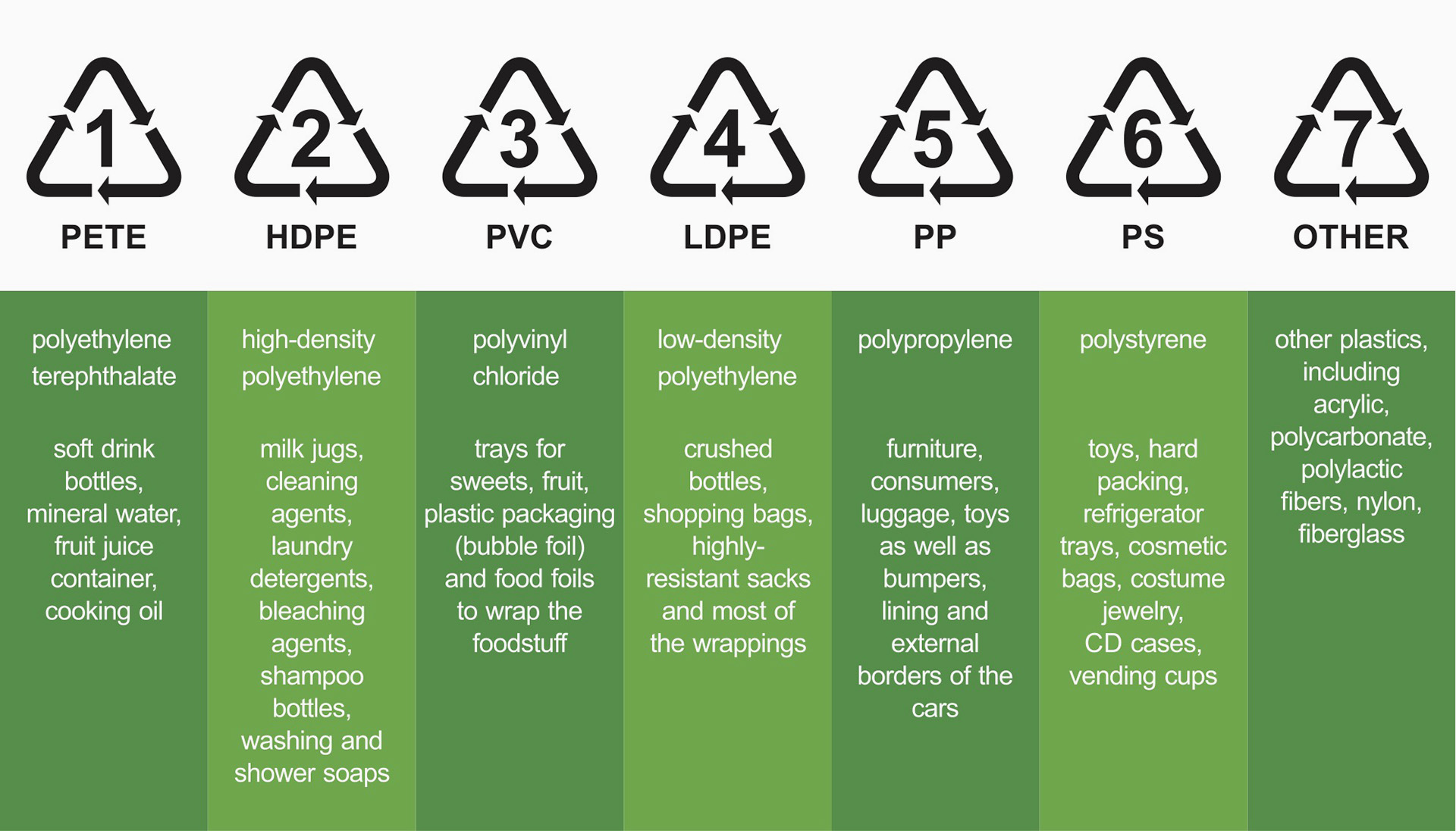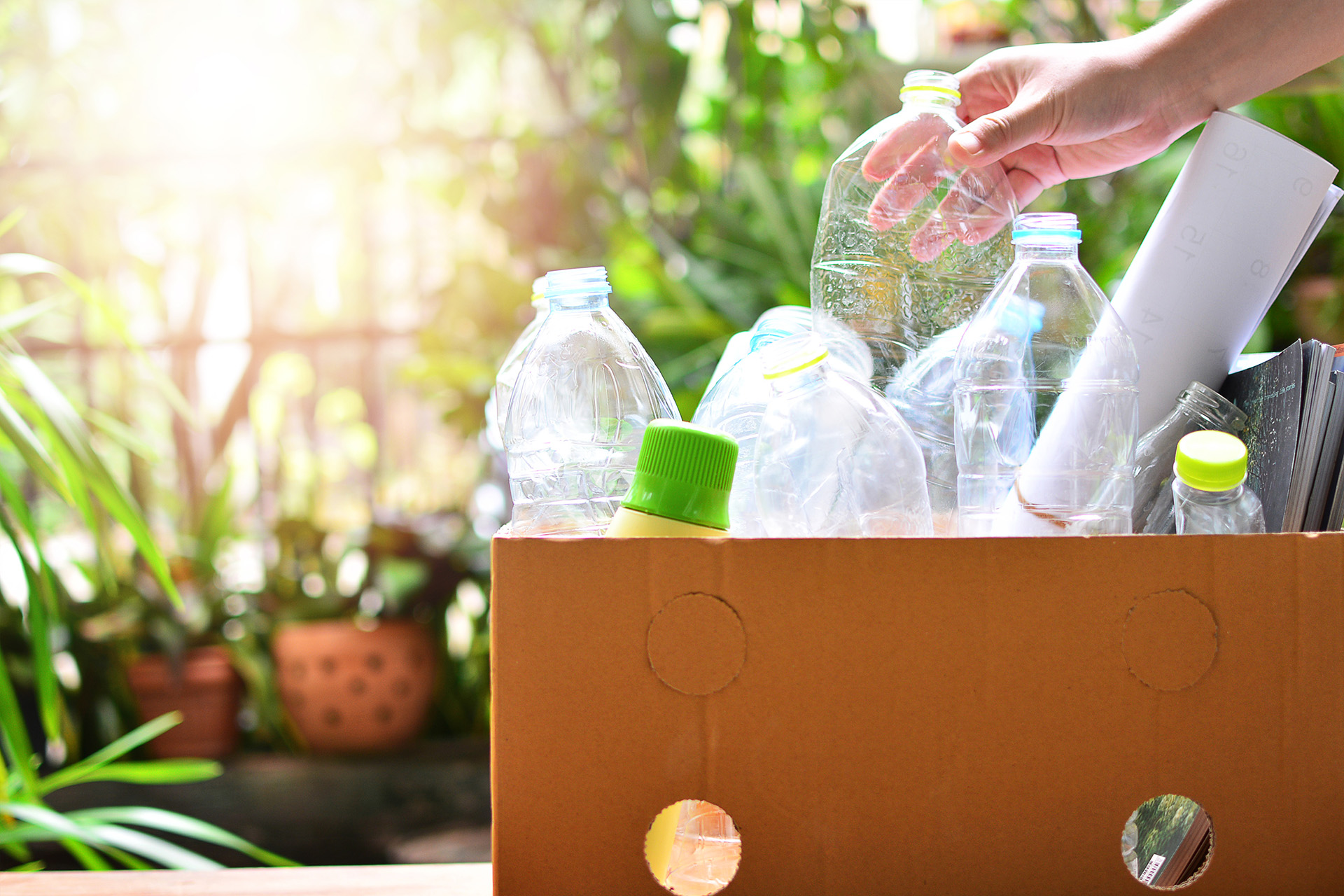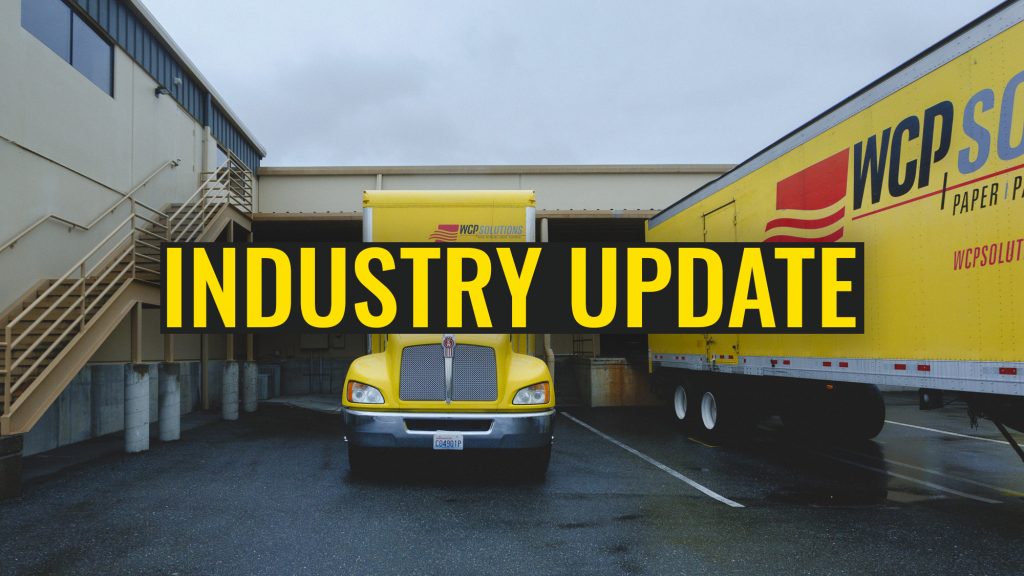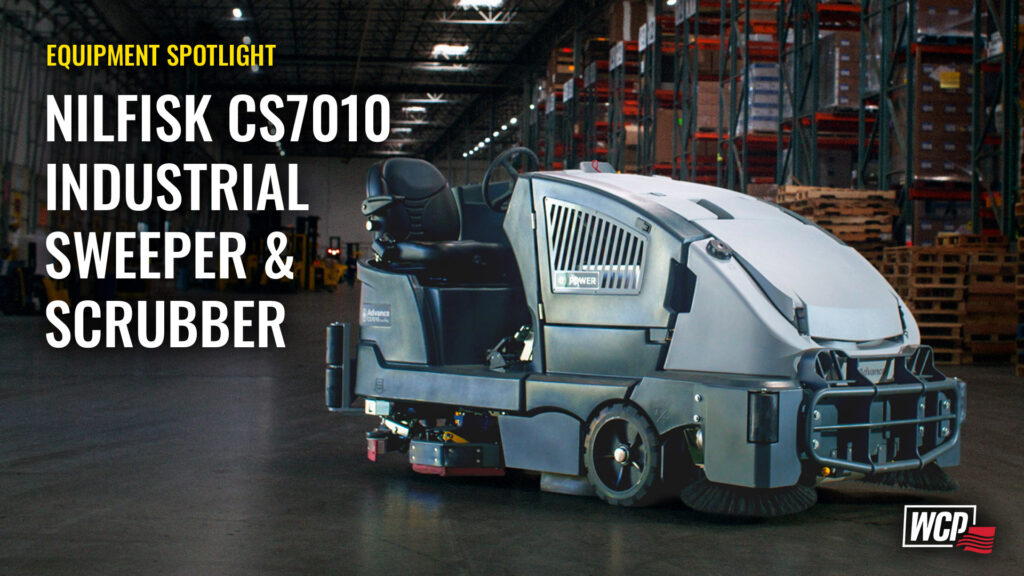Plastic Recycling Codes Explained
What do the Different Recycling Codes Mean?
There are seven types of plastic recycling codes ranging from one to seven and each one has different purposes, properties, and ways to recycle it. In fact, not all plastic products can be recycled, despite having a three chasing arrow symbol as we usually see on recyclable items. The chasing arrow symbol with a number inside is the indicator of what type of plastic the container is made out of rather than indicating that the product is, in fact, recyclable. Below we explain each of the recycling codes and what they actually mean.

Plastic Recycling Symbol #1: PET or PETE
PET (or PETE) is short for Polyethylene Terephthalate, which is the chemical name for polyester. The material is clear, strong, and has a barrier to moisture. You are probably most familiar with it being used for products such as soft drink bottles, shampoo bottles, and peanut butter jars. It is also widely accepted plastic in curbside recycling programs. So as long as the product is rinsed out and dried, it can go into your recycling bin.
Plastic Recycling Symbol #2: HDPE
HDPE is short for High-Density Polyethylene. The material is stiff, tough, weather resistant, and permeable to gasses. The most common products made from HDPE are milk jugs, cereal box liners, playground equipment, and household cleaning product containers. Also like PET plastics, HDPE plastics are widely accepted in curbside recycling programs. However, flimsy HDPE plastics such as single-use bags and films are typically not considered curbside recyclable. If you are looking to recycle them, they can often be recycled through recycling drop-off programs.
Plastic Recycling Symbol #3: PVC
PVC, also known as Polyvinyl Chloride, is a strong and weather-resistant material that is commonly used for PVC piping, shower curtains, and vinyl flooring. However, products made from PVC can rarely be curbside recycled. So it usually needs to go into your waste stream and be picked up by your local waste management collector. Although, depending on the condition of the material, it can sometimes be accepted by plastic lumber makers. If you have extra materials from an at-home project, you can also consider taking them to a donation center in your area.
Plastic Recycling Symbol #4: LDPE
LDPE stands for Low-Density Polyethylene. It is a flexible, yet tough material typically used for frozen food bags, shopping bags, and hot/cold cups. LDPE plastic products are often not accepted through curbside recycled programs and need to be thrown into your garbage bin. In the instances when LDPE products can be recycled, they can be turned into plastic lumber, floor tiles, and garbage can liners as recycled-content products.
Plastic Recycling Symbol #5: PP
PP is short for Polypropylene, and despite its stiffer and more heat-resistant properties, it is used in similar applications as LDPE plastics (polyethylene). PP is considered one of the safer plastics when it comes to containers and cups for hot foods and drinks. Some examples of products that you can find made from PP are yogurt containers, medicine bottles, straws, and “microwavable-safe” plastic containers. Recently, PP has started to be accepted in many curbside recycling programs, however, it is always best to check with your local municipality to see if they accept #5 PP plastics.
Plastic Recycling Symbol #6: PS
PS, also known as Polystyrene, can be found in both a rigid and ultra-light form. However, it is best known in its ultra-light form as styrofoam. Products made from PS plastic are disposable plates and cups, some egg cartons, and carry-out containers. PS plastics are hardly ever considered curbside recyclable, especially when it is in the form of styrofoam. This is because it is extremely breakable and is 98% air. Styrofoam plastics should be contained within an airtight bag before being placed in your waste stream to be taken to your local landfill.
Plastic Recycling Symbol #7: Other
Plastics that do not fall into the other six categories fall into the category “Other,” which also includes bioplastics. Some consider this category as a “use at your own risk” due to potential toxicity levels and rare recyclability in curbside programs. Common products that fall into this category are sunglasses, DVDs, and nylons. Typically, these plastics need to be tossed into your waste stream, however, it is still important you check with your local municipality first to see if they are able to take these products via drop-off for recycling or reuse.
For more information on managing waste streams and zero waste programs, check out our Can Liner and Receptacle Guide, Sustainable Solutions for Waste Stream Management.
Source: What Do Plastic Signs Really Mean from Simply Zero


